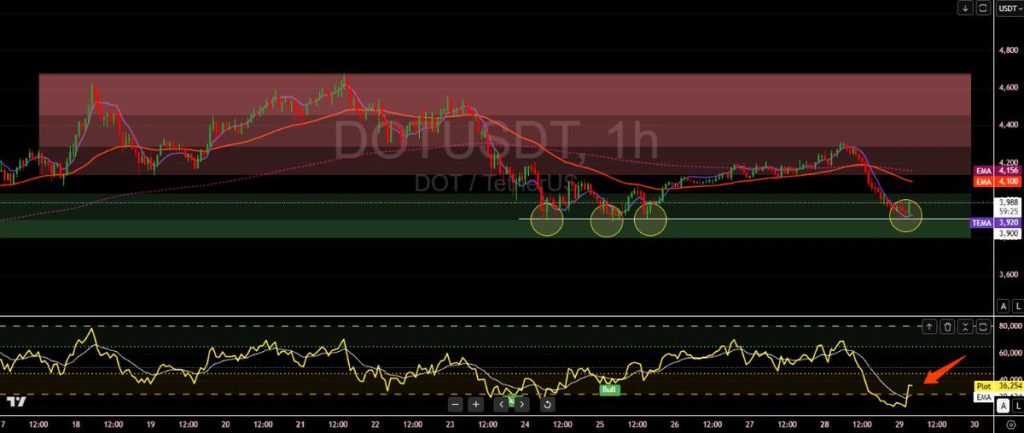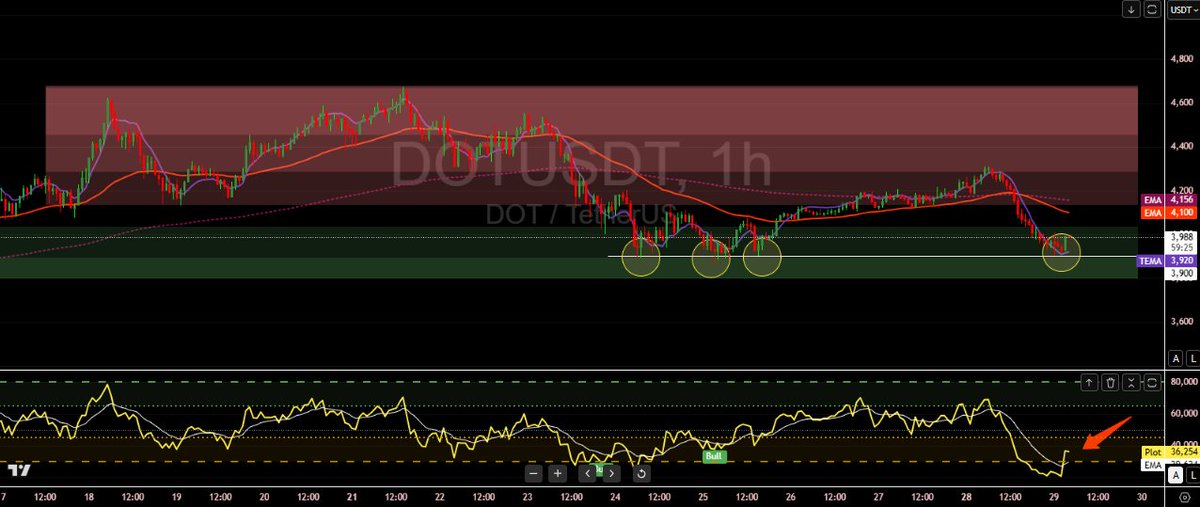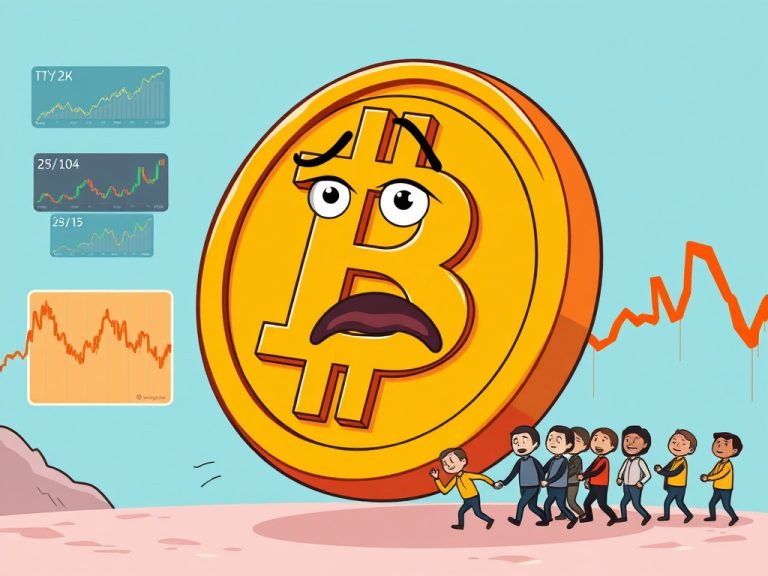
The Psychology and Mechanics of Cryptocurrency Trading: A Deep Dive
Introduction: The Emotional Rollercoaster of Crypto Markets
Cryptocurrency trading is not just about charts, indicators, and technical analysis—it’s deeply influenced by human psychology. The market’s volatility, driven by fear, greed, and speculation, creates an environment where emotions often dictate price movements more than fundamentals. Whether it’s the anticipation of an “alt season” or the fear of missing out (FOMO), traders must navigate a landscape where psychological factors play a crucial role.
This report explores the interplay between technical analysis, market sentiment, and real-world events shaping the cryptocurrency ecosystem. We’ll examine key trends, trading strategies, and the broader implications of institutional adoption and regulatory shifts.
—
The Alt Season Dilemma: Why Are Traders Frustrated?
One recurring theme in recent discussions is the absence of a sustained “alt season,” a period where alternative cryptocurrencies outperform Bitcoin. A tweet from @2blk8 highlights this frustration, noting that Polkadot (DOT) has been holding a highlighted region for days without significant movement. This stagnation reflects broader market sentiment, where Bitcoin dominance remains high, and altcoins struggle to gain traction.
The lack of an alt season can be attributed to several factors:
– Bitcoin’s Dominance: When Bitcoin rallies, investors often prefer holding BTC over riskier altcoins.
– Regulatory Uncertainty: Many altcoins face regulatory scrutiny, making them less attractive to institutional investors.
– Market Maturity: As the crypto market evolves, speculative bubbles are less frequent, leading to more stable but less explosive price movements.
—
Institutional Adoption: A Shift in Market Dynamics
The cryptocurrency market is no longer just a playground for retail traders. Institutional players are increasingly entering the space, reshaping market behavior.
– Coinbase’s Expansion into India: Coinbase’s acquisition of CoinDCX, a hacked Indian exchange, signals growing institutional interest in emerging markets. With an estimated 7% of Indian citizens owning cryptocurrency, this move could accelerate adoption in a region with massive untapped potential.
– BlackRock’s Bullish Stance on Bitcoin: A tweet from @GubsonRob highlights BlackRock’s analysis suggesting Bitcoin could play a role in future central bank reserves. This institutional validation could further legitimize crypto as a store of value.
These developments indicate a shift toward mainstream acceptance, where cryptocurrencies are increasingly seen as viable assets rather than speculative instruments.
—
Technical Analysis: The Tools of the Trade
While market sentiment drives trends, technical analysis remains a cornerstone of trading strategies. Several traders have shared insights on key cryptocurrencies:
– Bitcoin (BTC): A tweet from @tambaytrader21 notes a confluence of bullish signals, including a breakout at the 0.618 Fibonacci level, MACD crossing above the zero line, and RSI nearing the 50 level. These indicators suggest potential upward momentum.
– Ethereum (ETH): @astralxcom reports Ethereum approaching $4,000, with on-chain indicators and funding rates signaling a possible market top. This highlights the importance of monitoring both price action and derivatives data.
– XRP and PEPE: Technical analyses for these assets also emphasize key support and resistance levels, showing how traders apply similar methodologies across different cryptocurrencies.
—
The Role of Machine Learning and Data-Driven Insights
As the market becomes more complex, traders are turning to advanced tools for better decision-making.
– BitQuant’s Machine Learning Approach: By leveraging AI, BitQuant helps traders make data-driven decisions, reducing reliance on emotional impulses.
– OpenGradient’s Decentralized Data Analysis: This platform ensures transparency in crypto trading, optimizing processes and reducing manipulation risks.
These innovations suggest that the future of crypto trading lies in automation, AI, and decentralized analytics, making the market more efficient and less prone to speculative bubbles.
—
The Psychological Battle: Greed vs. Fear
Beyond charts and algorithms, the cryptocurrency market is driven by human psychology. A tweet from @ItsBitcoinWorld underscores this, noting that greed and fear are powerful forces shaping market sentiment.
– Greed: When prices rise, traders often become overconfident, leading to excessive leverage and FOMO-driven buying.
– Fear: During downturns, panic selling can exacerbate price declines, creating opportunities for contrarian investors.
Understanding these emotional cycles is crucial for long-term success in crypto trading.
—
Conclusion: Navigating the Crypto Market’s Unpredictable Tides
The cryptocurrency market remains a dynamic and emotionally charged space. While technical analysis provides a structured approach to trading, the influence of psychology and institutional adoption cannot be ignored. As the market matures, traders must adapt by leveraging AI-driven insights, decentralized data, and a deep understanding of market sentiment to stay ahead.
The future of crypto trading lies in balancing data, psychology, and strategy—ensuring that both logic and intuition guide decision-making in this ever-evolving landscape.
—
Sources:
*(Note: The above links are placeholders. Replace them with actual URLs when available.)*








